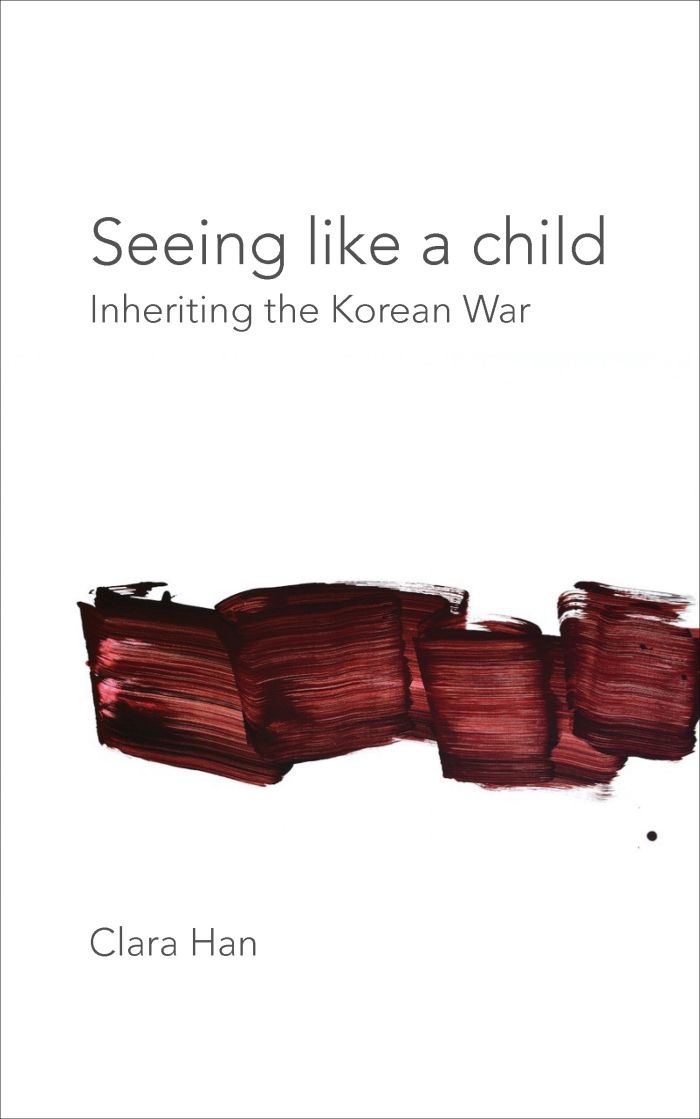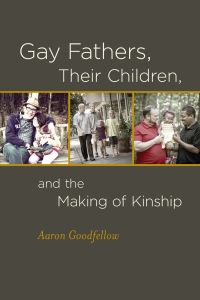Save 25% plus free shipping during our Winter Sale! Use promo code JOY2025. Expires 1/5/26.
Seeing Like a Child
Inheriting the Korean War

This book can be opened with

Winner, 2022 Senior Book Prize, Association for Feminist Anthropology
Finalist, 2022 Victor Turner Prize
An utterly original and illuminating work that meets at the crossroads of autobiography and ethnography to re-examine violence and memory through the eyes of a child.
Seeing Like a Child is a deeply moving narrative that showcases an unexpected voice from an established researcher. Through an unwavering commitment to a child’s perspective, Clara Han explores how the catastrophic event of the Korean War is dispersed into domestic life. Han writes from inside her childhood memories as the daughter of parents who were displaced by war, who fled from the North to the South of Korea, and whose displacement in Korea and subsequent migration to the United States implicated the fraying and suppression of kinship relations and the Korean language. At the same time, Han writes as an anthropologist whose fieldwork has taken her to the devastated worlds of her parents—to Korea and to the Korean language—allowing her, as she explains, to find and found kinship relationships that had been suppressed or broken in war and illness. A fascinating counterpoint to the project of testimony that seeks to transmit a narrative of the event to future generations, Seeing Like a Child sees the inheritance of familial memories of violence as embedded in how the child inhabits her everyday life.
Seeing Like a Child offers readers a unique experience—an intimate engagement with the emotional reality of migration and the inheritance of mass displacement and death—inviting us to explore categories such as “catastrophe,” “war,” “violence,” and “kinship” in a brand-new light.
Seeing Like a Child is an extraordinary book, bursting with critical insight and affective power. Han vividly explores how war and migration are dispersed into a domestic life marked by small corrosions, devastating loss, and tiny solidarities. Courageously probing the plasticity of self and lifeworld, the anthropologist illuminates the fragile but deeply meaningful yearnings of her family’s memorable characters. A must-read.—João Biehl, author of Vita: Life in a Zone of Social Abandonment
With this deeply moving intimate history, Clara Han reclaims an important legacy of modern anthropology, its capacity to connect the personal with the world-historical. Seeing Like a Child is an audacious attempt to restore kinship as a vital category in historical and political inquiry and a must-read for anyone interested in discovering how much of the world is involved in bringing up a child.—Heonik Kwon, author of After the Korean War: An Intimate History
Through the metaphor of Seeing Like a Child, Clara Han reveals like no one before her the strength of this social construction between identity, memory, and self-consciousness in ordinary life.—Richard Rechtman, from the Foreword
By placing children at the center of historical and anthropological inquiry, Seeing Like a Child contributes to a growing body of literature that challenges the notion of children as passive victims, instead recognizing their agency in shaping narratives of survival and resilience. This book can be a resource for humanizing the often-abstract realm of conflict and its aftermath through the power of personal narratives. It is particularly useful for undergraduate and graduate courses in anthropology, conflict resolution, and memory studies, as well as for practitioners working in peacebuilding focusing on trauma-informed care.—Peace & Change
Foreword by Richard Rechtman | ix
Introduction | 1
Part I: Loss and Awakenings | 35
Interlude 1: Affliction and War in the Domestic | 61
Part II: A Future in Kinship, a Future in Language | 65
Interlude 2: Homeward Bound | 87
Part III: The Kids | 93
Interlude 3: Siblings and the Scene of Inheritance | 119
Part IV: Mother Tongue | 125
Epilogue: Seeing Like a Child | 153
Acknowledgments | 157
Notes | 161
Works Cited | 167





